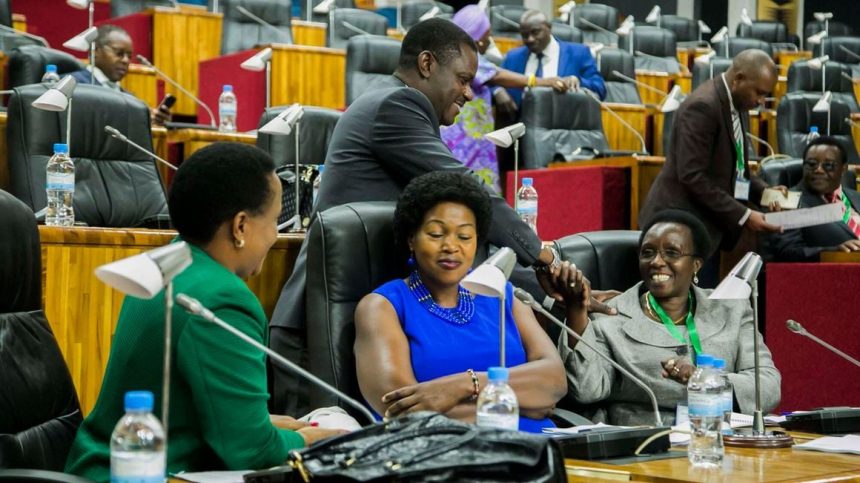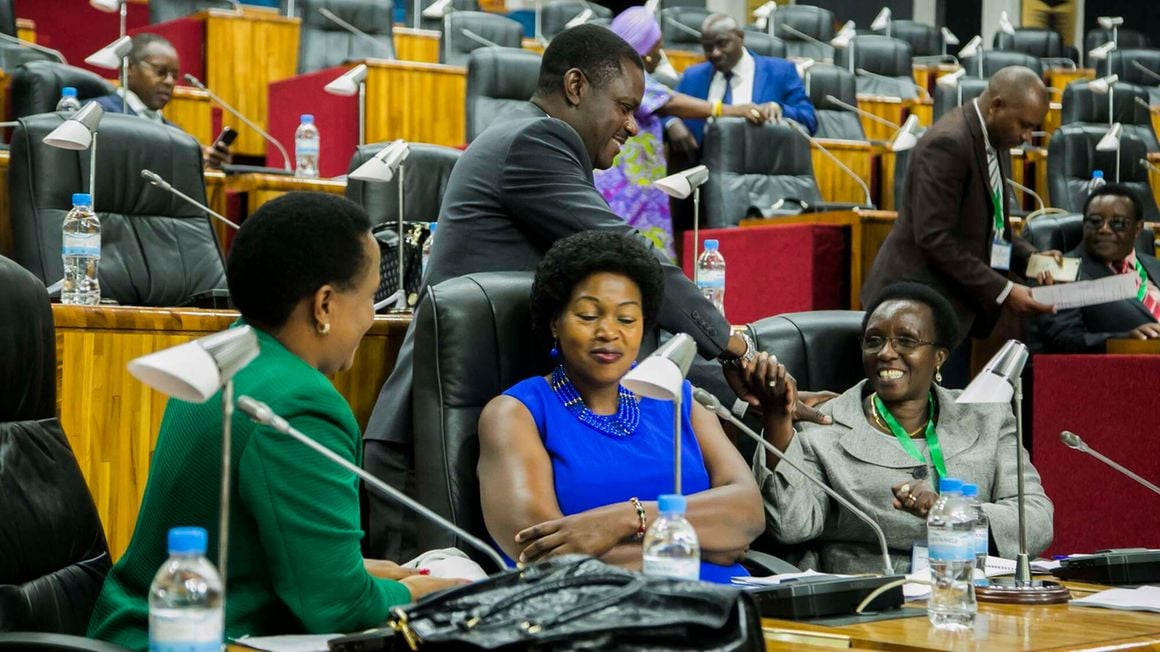The East African Community (EAC) has stepped up the push for member states to adopt local currencies in trading with one another, in the latest push to drop the bullish US dollar that is hurting economies in the region.
David Ole Sankok, a Kenyan member of the East African Legislative Assembly (Eala), has tabled a resolution recommending the EAC use local currencies to boost cross-border trade.
The legislator’s recommendation to the EAC’s council of ministers and partner states adds to the push by emerging and frontier economies to dump the use of dollars in settling cross-border trade, in what is known as de-dollarisation.
“Now therefore, may be it resolved by the Assembly as follows: That in accordance with Article 49(2)(d) of the Treaty, the Assembly recommends to the council of ministers and the partner states to operationalise the use of the local currencies of the partners in all transactions in the Community in order to facilitate intra-regional trade,” said Mr Sankok.
The EAC, according to a study by the African Development Bank, is the most integrated regional economic community on the continent, which explains the fluidity of trade across the borders of the member states.
Dr Kennedy Manyala, an economist who has worked at the EAC, says that the dollar has only been used where it can be obtained with ease.
“There is no country that does not want to stock dollars,” he said.
Dr Manyala said that the Kenya shilling has been very competitive against the dollar in the EAC when it comes to trading and investment.
This means that you can actually settle your accounts in all the EAC member states in Kenyan shilling.
The proposal comes at a time when the Kenyan currency is weakening against the regional currencies, in a trend that has seen Tanzania and Uganda narrow their gap.
In the last three years, the Kenya shilling had has lost 21.7 percent of its value against the Tanzanian shilling, fetching 17.07 units of the Tanzanian currency. On its part, the Kenyan Shilling fetched 31.16 units of the Ugandan shilling, a drop of 24.9 percent three years ago.
James Njoroge, chairman of China-Dubai Traders Group, said citizens of the EAC have been trading along Busia, Malaba and other border points for a long time and that adopting regional currencies should not be an issue.
Mr Njoroge noted that even if the countries were to get rid of the US currency, the exchange rates would still be dictated by the greenback.
The US dollar, he said, is a “super currency” that determines the value of all other currencies and how they exchange between each other.
“We can therefore call it an inter-country exchange matrix or tool,” said Mr Njoroge.
Mr Sankok’s proposal echoes recent remarks by President William Ruto in address to the Djibouti Parliament urging African countries to consider settling cross-border transactions in their respective currencies instead of the dollar.
“Why is it necessary for us to buy things from Djibouti and pay in dollars? Why? There is no reason. And we are not against the US dollar, we just want to trade much more freely. Let us pay in US dollars what we are buying from the US,” said Dr Ruto.
As countries have found themselves short of dollars, the global reserve currency, many of them have pushed for ways of bypassing the greenback in their cross-border trade.
In Kenya, traders who buy maize from Uganda and Tanzania have not used the dollar to buy the staple in the past five months, said a source at a regional body that deals with cereals.
For a long time, a Kenyan buyer would buy maize from a Ugandan seller in dollars. The Ugandan seller would then convert the currency into Ugandan shillings. This exposed the trader to the risk of exchange rate losses.
“Everything—from transport, trading to invoice—used to be denominated in dollars,” said Gerald Masila, the CEO East African Grain Council.
Cereal traders have now resorted to direct translation where, for example, a Kenyan trader buys Ugandan shillings in Kenya to pay a seller in Uganda.




